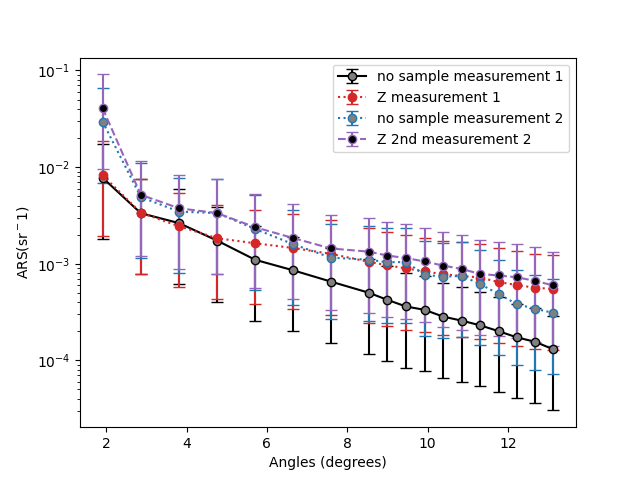- The paper shows that integrating ITO with anti-reflective layers significantly enhances UV transmittance below 400 nm.
- It employs precise transmittance and angle-resolved scattering measurements to validate improved optical performance with a 2.4% measurement uncertainty.
- The results suggest potential applications in solar energy capture, high-precision sensors, and advanced imaging technologies.
High Transmittance Indium Tin Oxide Coatings for UV Wavelengths
This paper presents an investigation into the optical properties of indium tin oxide (ITO) coatings combined with anti-reflective (AR) layers, specifically addressing their high transmittance characteristics for wavelengths below 400 nm. The research involves detailed transmittance and scattering measurements, focusing on enhancing performance metrics through structural optimizations.
Transmittance Measurements
The paper undertakes comparative transmittance measurements of ITO-coated substrates across different sample orientations and measurement sessions. Notably, the substrate coated with AR and ITO consistently demonstrates high transmittance with minimal variance, significantly outperforming samples X, Y, and Z. The precision of these measurements is accounted for by incorporating various uncertainties, including photodiode calibration and power meter discrepancies, resulting in an overall measurement uncertainty dominated by the power meter's 2.4% variability.
Scattering Measurements and Reproducibility
To verify the optical quality, angle-resolved scattering (ARS) was employed. The experiment reveals that the Z sample, integrating a thicker substrate and AR plus ITO coatings, exhibits reduced scattering compared to other samples with varied ITO thicknesses.

Figure 1: The angle resolved scattering for the background without any sample (black), the bare substrate (blue), the samples with different ITO thicknesses and the Z sample.
Reproducibility is also a focal point, demonstrated by consistent ARS results across repeated measurements of the Z sample, presenting evidence of reliability in the experimental approach.

Figure 2: The angle resolved scattering for two separate measurements for the background without any sample and for the Z sample.
Discussion on Practical Implications
The findings underscore the potential for integrating these coatings into optical systems that necessitate high UV transmittance with minimal scattering losses. The robust reproducibility of results suggests practical applicability in enhancing the efficiency of UV-based photonic devices. This could translate into improved solar energy capture systems, high-precision optical sensors, and advanced imaging technologies.
Conclusion
In summary, the paper elucidates the advantageous properties of ITO and AR coatings for achieving superior transmittance at UV wavelengths. The methodological rigor and reproducibility affirm the reliability and practicality of the coatings for advanced optical applications. Future research could explore further material refinements to enhance these properties or apply similar methodologies to other wavelength ranges.

